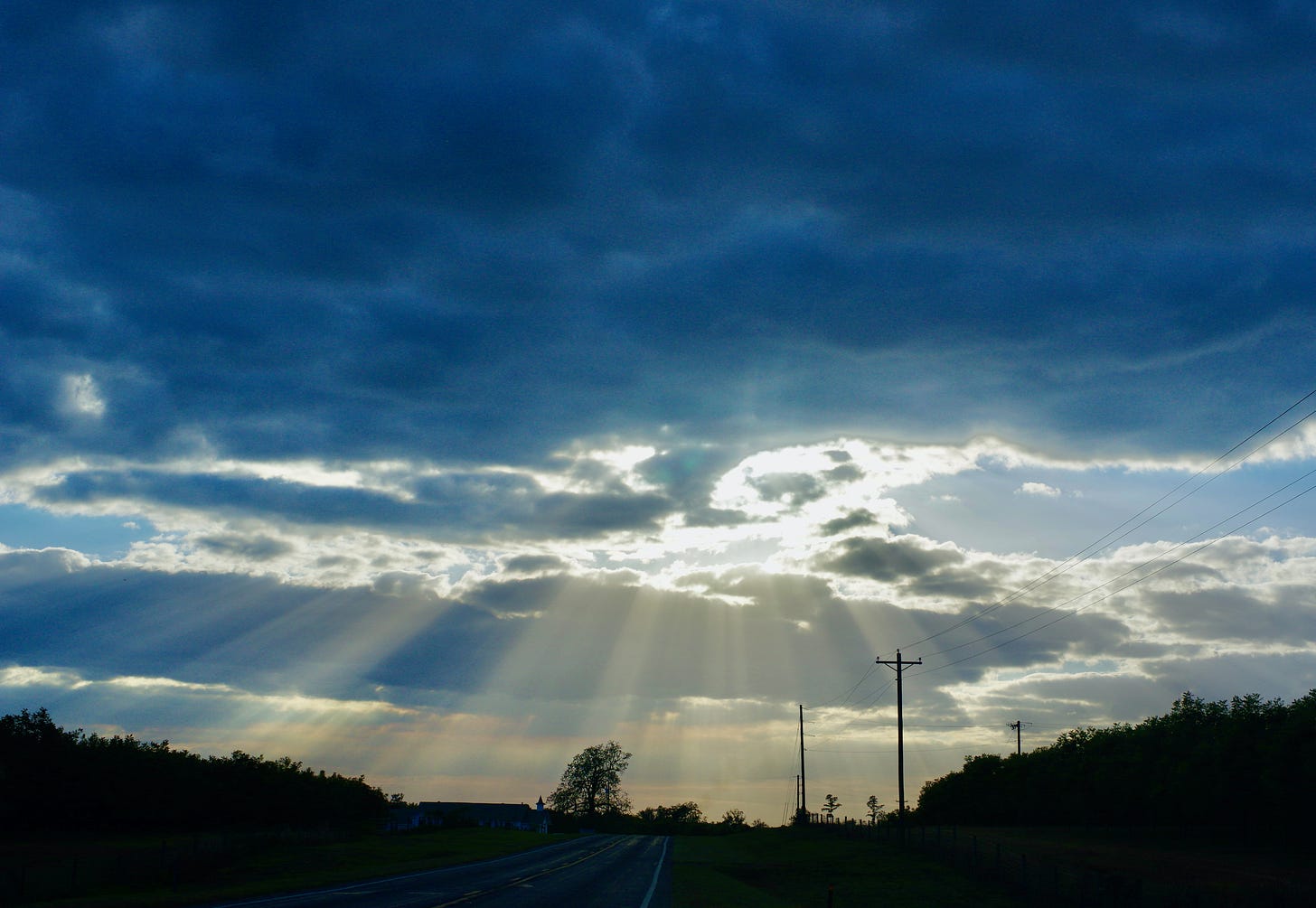In 1998 Simmons Buntin and a colleague published the first issue of a startup literary magazine nobody expected to last. They named it Terrain after a poem by A.R. Ammons. The poem, which attempted to define the soul, begins
The soul is a region without definite boundaries:
it is not certain a prairie
can exhaust it
or a range enclose it:
Back then the (very) small community of folks interested in nature writing looked askance at Terrain. The magazine was strictly online, and a virtual placement was not considered publication. Print magazines yet thrived, and most early nature writers—understanding all too well their slim margins of success—had their eyes on print journals amenable to this “marginal literature,” places like Georgia Review or the flagship magazine Orion or Gray’s Sporting Journal.
Publishing an essay on climate change at that time was out of the question.
I wasn’t convinced in 1998 that the Internet would amount to anything, and certainly I had no inkling that it would, within a couple of decades, expand into every arena of human society, crowding out many public and communal spaces, including magazines.
Now, 25 years later, Terrain is the world’s first place-based literary journal and the second-longest-running online literary magazine. (The longest running is Brevity.) Originally its tagline was “a journal of the built & natural environments” and now it’s “place. climate. justice.”
Much of the magazine’s success is due to Simmons, who never got bored with Terrain and never gave up on it. He expanded its editorial board from a handful of friends to a large international group of professionals; he began to publish book collections; and he launched cultural events like readings.
I’m writing about Terrain because last night Simmons dropped into my nature writing course to talk about how a person might publish in Terrain’s pages.
He told us that the magazine receives over 2,500 manuscripts a year, mostly via Submittable. (About 5 percent of submissions are solicited.) Editorial interns and genre editors comb through these submissions, offer edits to writers, then funnel their picks to Simmons, who designs a magazine that pops into email inboxes once a week. Each issue contains 3-5 pieces; in a year Terrain publishes about 250 pieces.
“We’re all going to get rejections,” he told us last night. “I still get rejections. It’s the nature of it.”
A rejection, he continued, may be less about the quality of the work than what an editor likes/doesn’t like or needs/doesn’t need. That’s why you keep hearing about a piece getting rejected by 17 or 18 editors before getting accepted.
“Keep the faith,” Simmons said, “and try not to let rejections get you down.”
He told an anecdote of someone who came up to him at a conference and asked an innocent question: “How many times should a person keep submitting to a magazine before giving up?”
Simmons didn’t realize he was being set up. “I think you should keep submitting,” he told them. “Until your heart is no longer in it.” Turns out she had submitted to Terrain nine times without being accepted.
“Our acceptance rates are really low,” Simmons warned us. Here are the stats of what gets fished from the slush pile:
Poetry—1 percent (Most submissions by far are poetry). Derek Sheffield is poetry editor.
Nonfiction—2.5 percent. Elizabeth Dodd is nonfiction editor.
Fiction—5-7 percent. Pam Houston is fiction editor.
In addition, Terrain accepts:
Art. Editor is Nancy Geyer.
Interviews. Editor is Melissa L. Sevigny.
Reviews. Editors are Renata Golden & Elizabeth Jacobsen.
Broadsides. Editor is Juniper Moon.
Photo Essays. If you are interested in submitting a photo essay, submit these via the nonfiction portal. Keep your emphasis on the photos, Simmons said, not on the essay.
Thanks to Simmons Buntin for coming to speak to this fine group of writers and even more for keeping the faith, so that Terrain is still with us after 25 years, and thanks to all the volunteer editorial staff who keep it going.
Terrain’s Online Fundraiser Ends on Thurs, Nov. 2
My Speaking Calendar
Friday, Nov. 3—South Carolina Writers Association, Columbia, SC. I’m doing a Friday session, “Marketing Your Book Skyward.”
Saturday, Nov. 4—I’m doing the morning keynote “Five Challenges to Great Writing and How to Conquer Them.” Then a memoir session, “Write Your Own Story.”
Monday, Nov. 6—Georgia Highlands College, Rome, Ga. If you live in Rome or know someone there, tell them I’ll be in town.
Monday, Nov. 6—Berry College, Rome, Ga.

Each Rhizosphere is meant to be a little square of dark chocolate that gives you a new idea, teaches you something, or tells you about an opportunity. To keep the goodness flowing into your inbox, subscribe. You choose free or paid.







My Submittable account is so full of rejections right now (one from Terrain). So it's good to read & hear this from you, Janisse, and from Simmons. Thank you for sharing it! Those students in your nature writing class were lucky to get to hear from him directly. May we all forge onward, rejections in our rearview mirror.